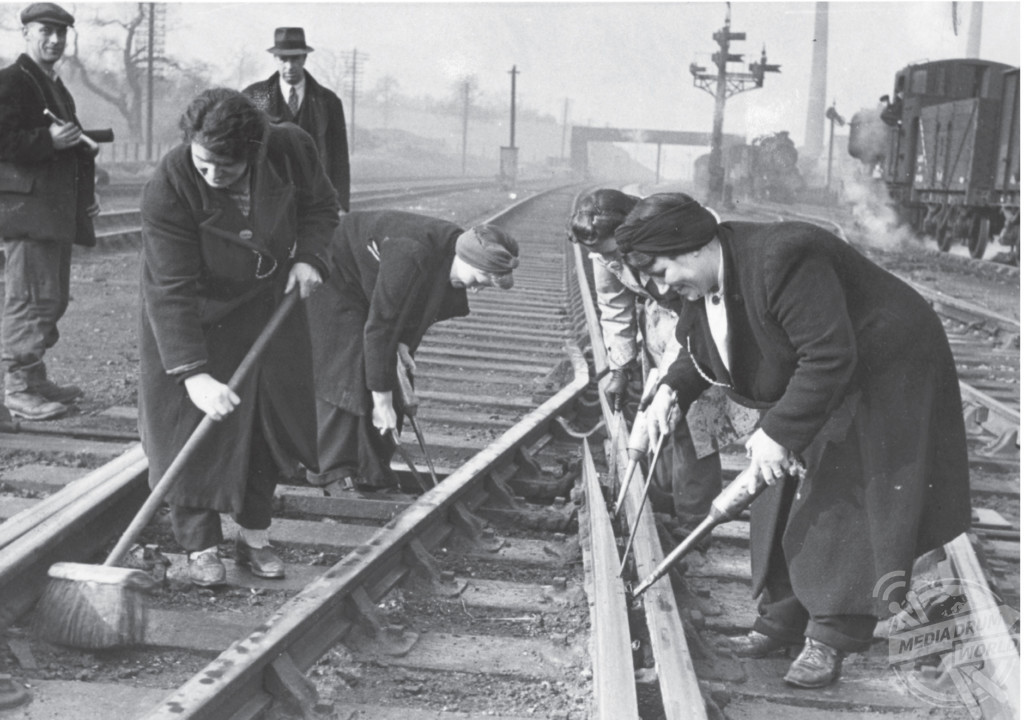By Mark McConville
INCREDIBLE images revealing how women stepped into the breach left by men going off to war during World War Two and kept the railways going, have been showcased in a new book.
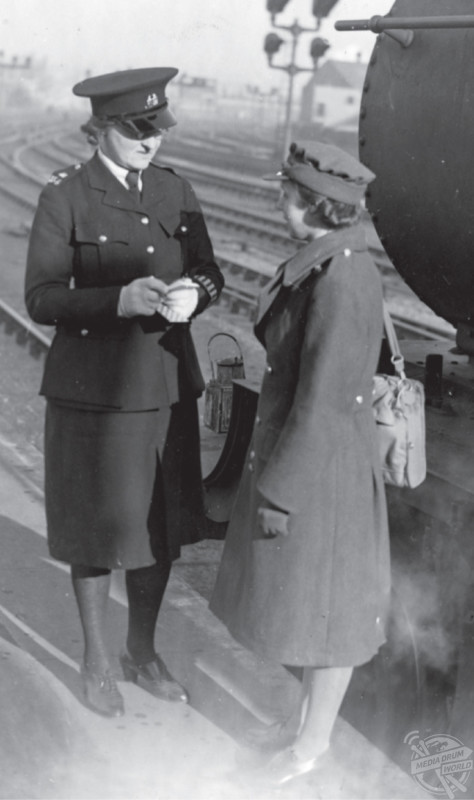
at Bristol Temple Meads, February 1942.
Susan Major / mediadrumimages.com
The stunning pictures show a woman cleaning a locomotive in St Pancras Cleaning Yard, the first women taking over signal duties on Britain’s mainline railways in 1941 and the first woman railway guards taking over duties at London terminus in 1943.
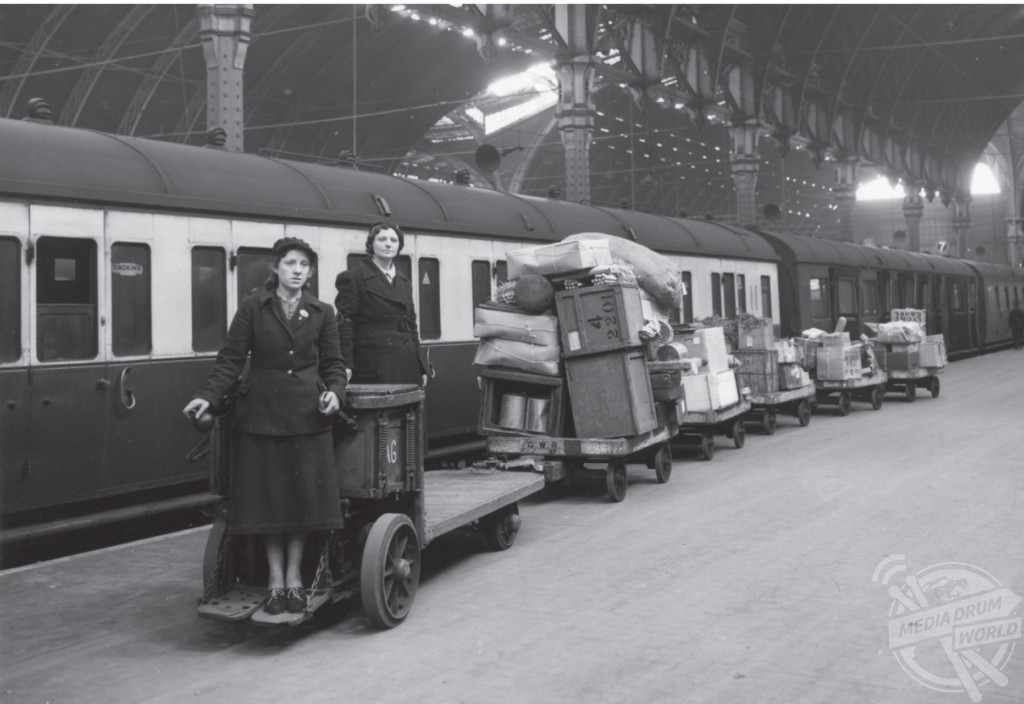
Susan Major / mediadrumimages.com
Other striking shots show women railway workers loading grain sacks, GWR railway policewoman P Mitchell at Bristol Temple Meads and women coping with emergencies at the GWR Central Telephone Enquiry Office at Paddington.
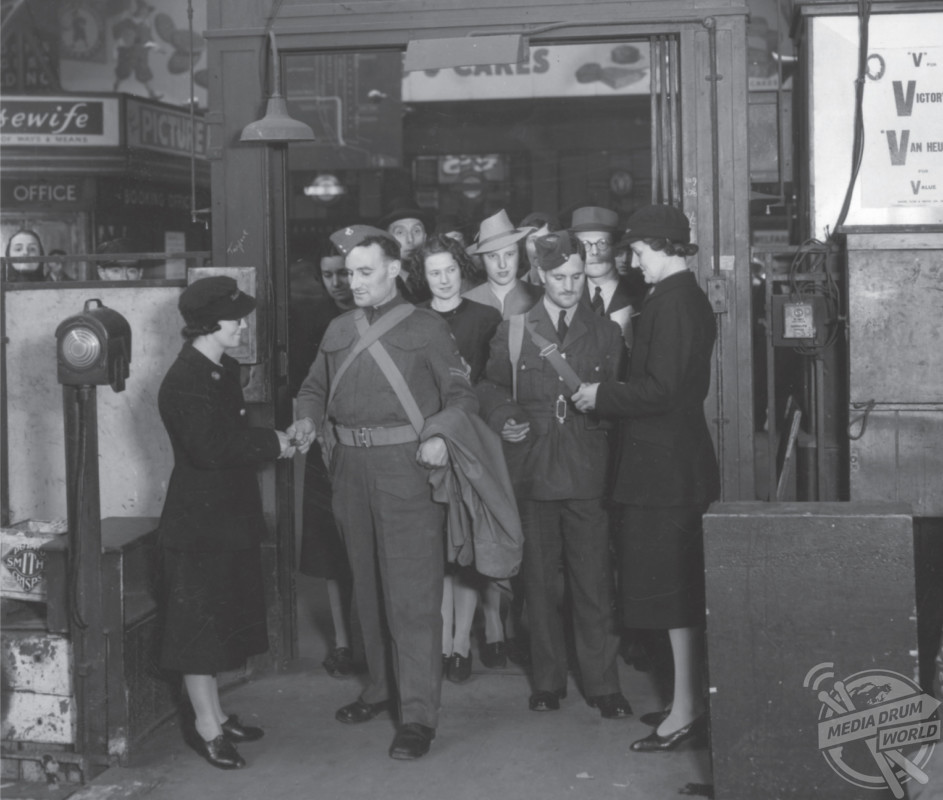
Susan Major / mediadrumimages.com
These and other remarkable photographs are showcased in Susan Major’s new book, Female Railway Workers in World War II, published by Pen and Sword.
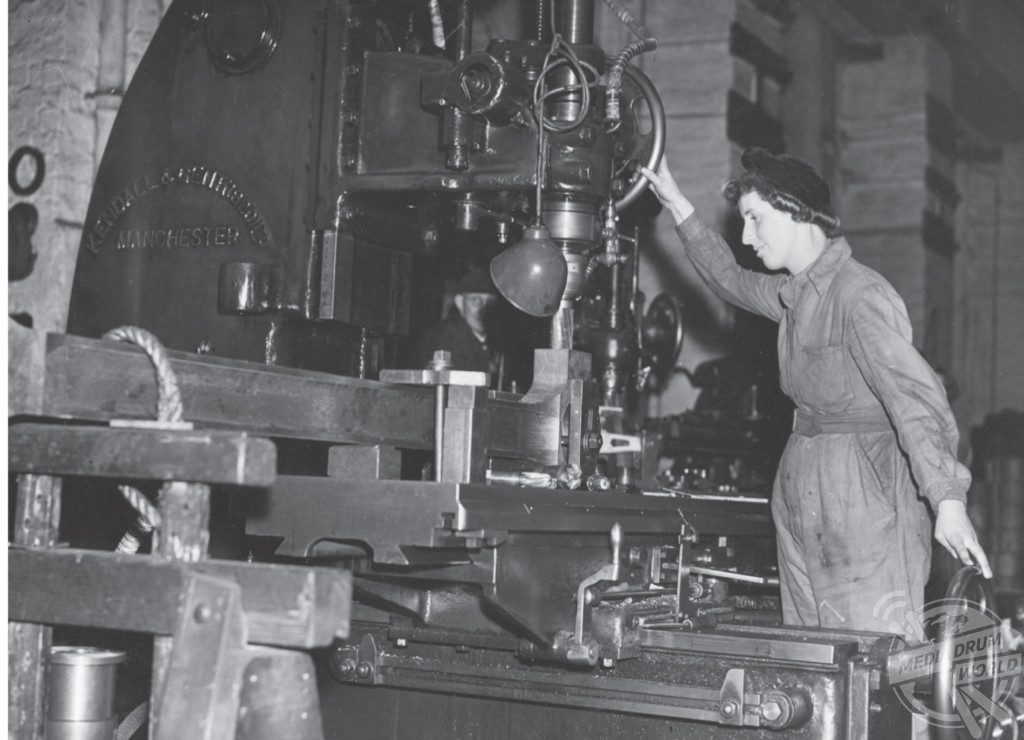
London & North
Eastern Railway.
Susan Major / mediadrumimages.com
“During the Second World War many thousands of the men working on the railways in Britain were called up for military service, and many thousands of women were recruited to replace them, to keep this vital service running,” writes Major.
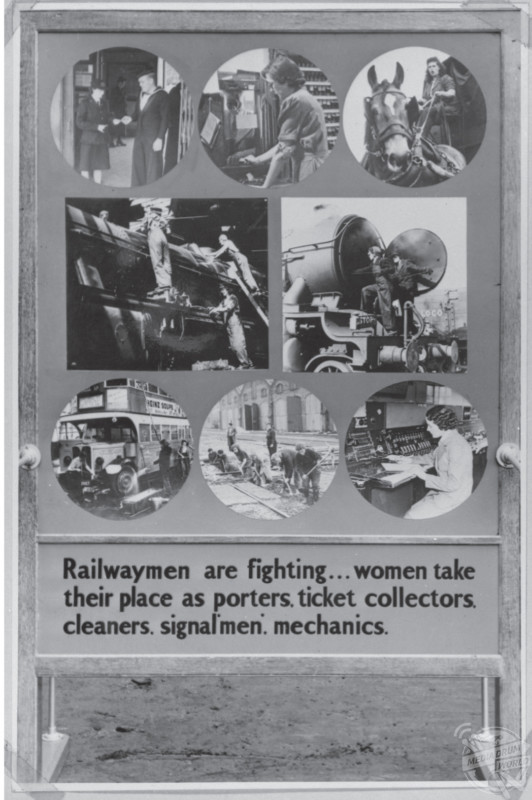
Susan Major / mediadrumimages.com
“There had of course been women already working in some areas of the railway, such as in clerical, cleaning and catering jobs, although before the war even most of those jobs were carried out by men.
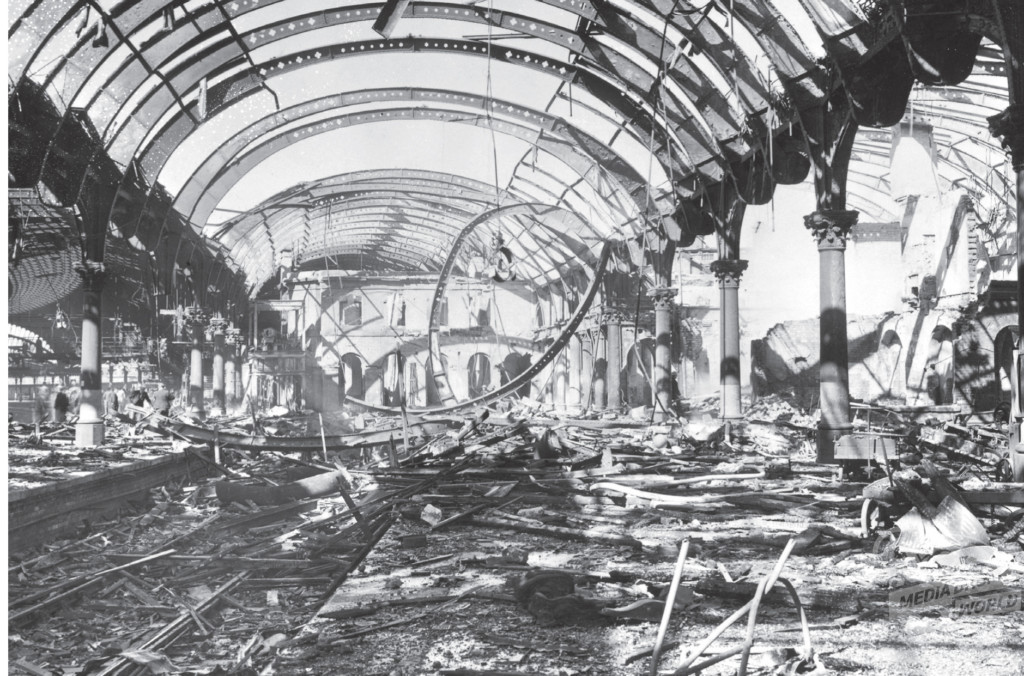
Susan Major / mediadrumimages.com
“But in wartime many women were employed in the kind of work which was completely new to females, working as porters and guards, and in maintenance and workshop operations.
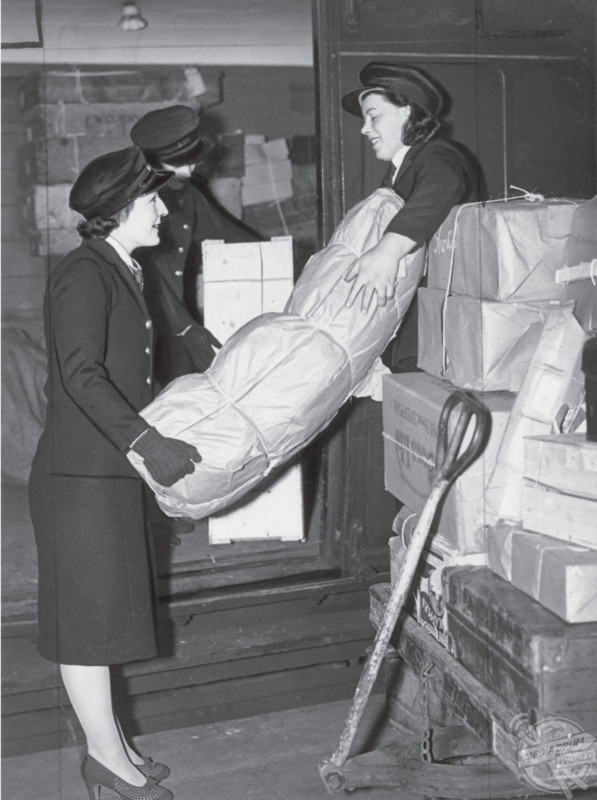
Railway St Pancras.
Susan Major / mediadrumimages.com
“Some were carrying out what might be regarded as ‘women’s work’, others were quite definitely doing ‘men’s work’.”
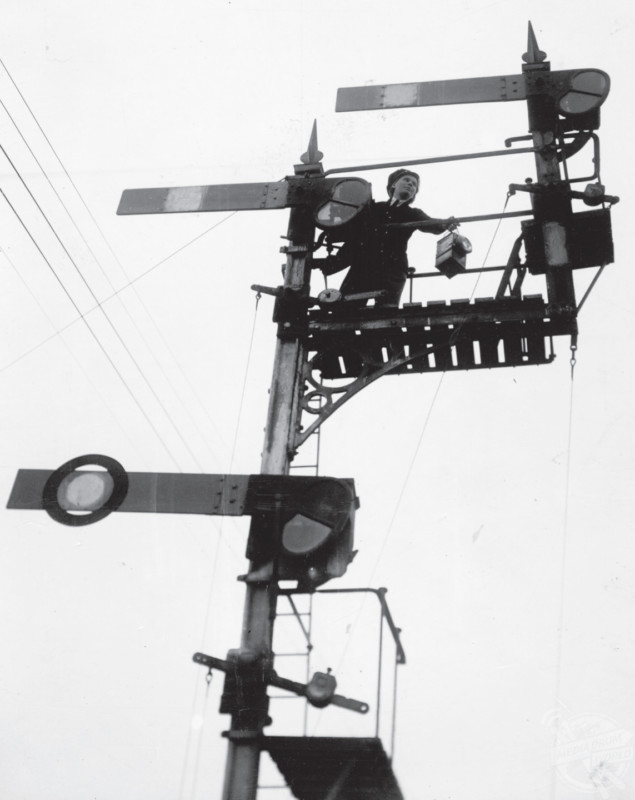
Spiller (née Lambert)
standing on the home
signal platform,
Evercreech Junction,
holding a lamp interior,
circa 1945. Photograph
by Len Dutton.
Susan Major / mediadrumimages.com
In 1939, at the start of the Second World War, Britain’s railway companies had almost 600,000 employees and only 4% were female. Within two years this increased substantially, as by 1941 it was 7% and in 1944 it was over 15%.
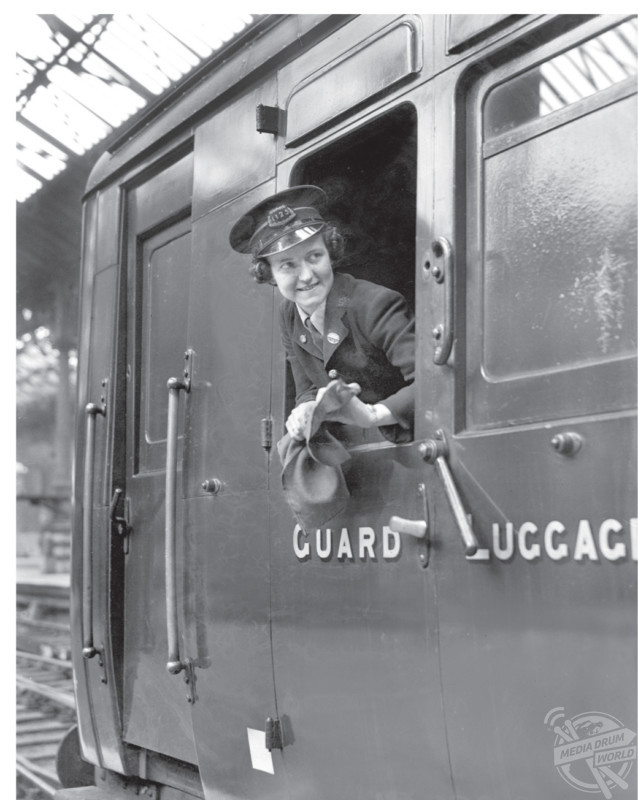
take over duties at London
terminus 19 July 1943
Southern Railway Victoria.
Susan Major / mediadrumimages.com
On his 57th birthday on 9 March 1941, Ernest Bevin, Minister of Labour, launched a plea for 100,000 women to enrol for war work in Britain, in farms, in factories and on the railways.
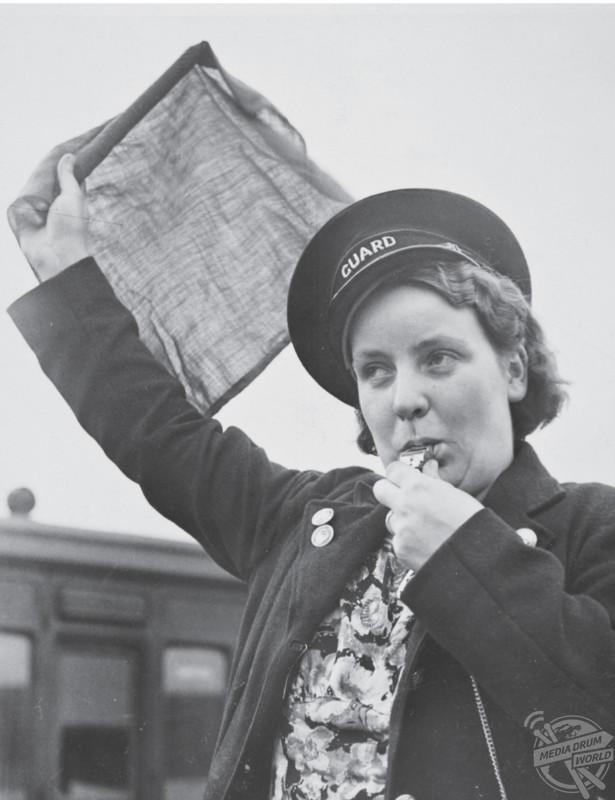
London, Midland & Scottish
Railway guard.
Susan Major / mediadrumimages.com
“He and his colleagues were worried about the need to replace the men recruited into war service,” added Major.
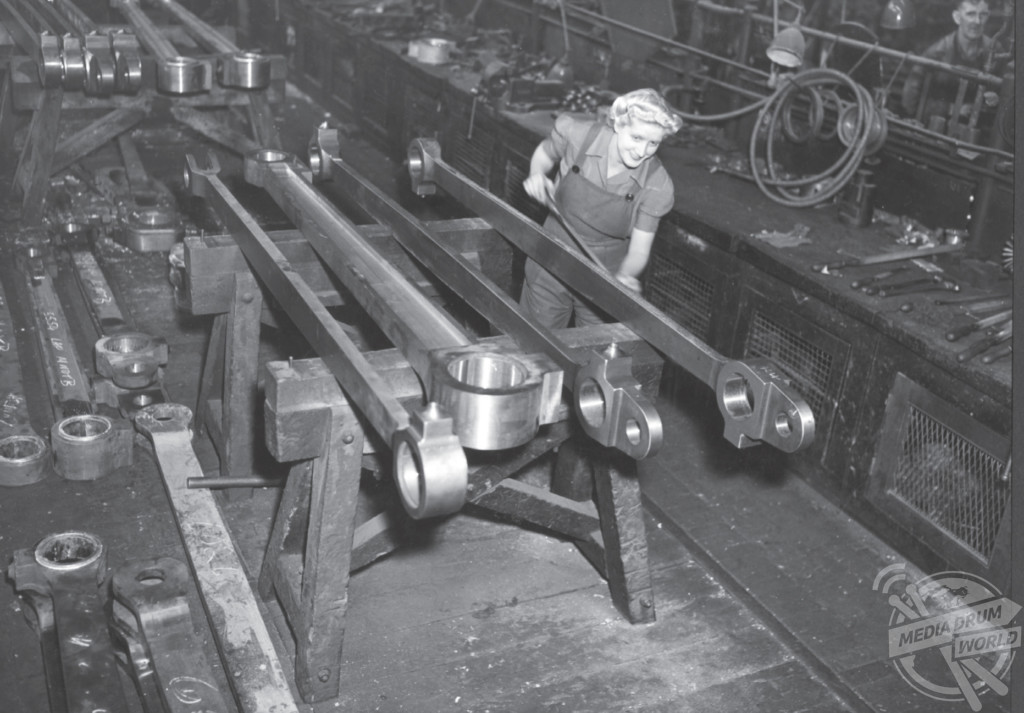
Susan Major / mediadrumimages.com
“But women had the care of their families to think about, and so as an incentive he announced an expansion of nursery centres and a register of childminders. Here women would only have to pay pre-war costs, at 6d. a day, with the government paying an extra 6d. for looking after the children.
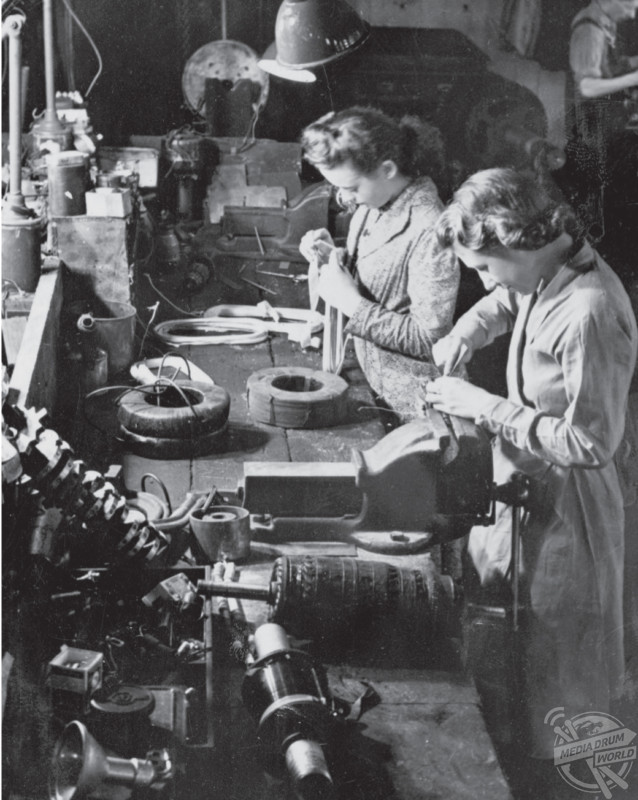
Susan Major / mediadrumimages.com
“Bevin explained that he was hoping that this call would encourage those women who were not already in jobs, or registered for war work. Bevin calculated that for every two men away on service, three women would need to be employed, to make up the shortfall of labour.”
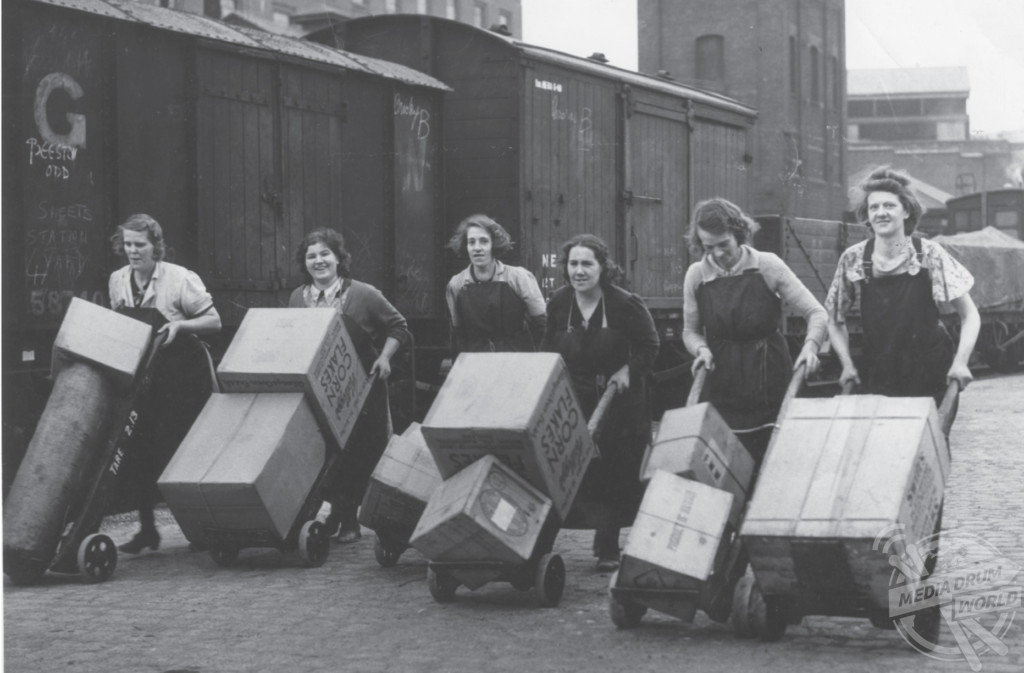
Susan Major / mediadrumimages.com

